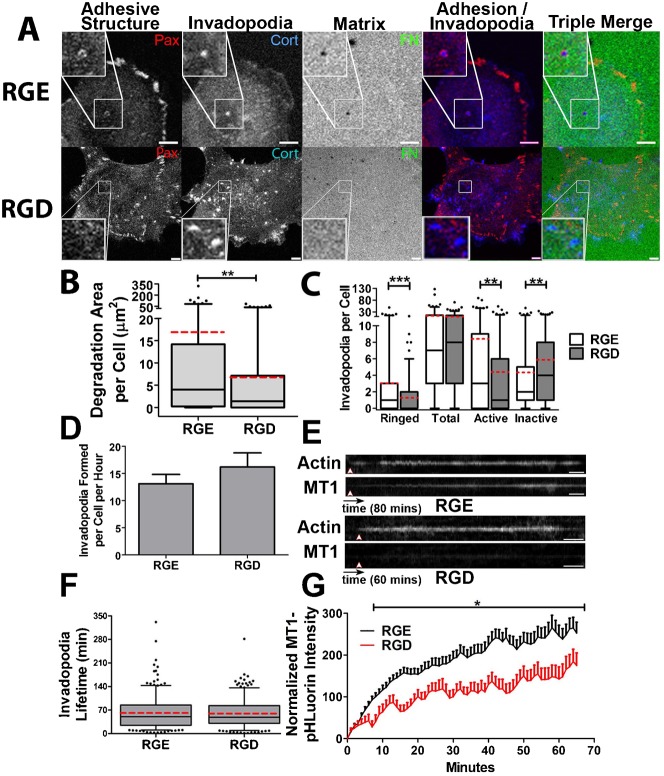Fig. 3. Integrin activity is critical for adhesion ring formation and invadopodium activity.
(A–C) SCC61 cells were cultured on FITC-FN/1% gelatin (FN, green) and treated with RGD or RGE peptide control (250 µg/ml) for 16 hours then immunostained for paxillin (Pax, red) and cortactin (Cort, blue). (A) Confocal images. Zooms indicate typical invadopodia for condition. Scale bars = 5 µm. (B) Quantification of degradation area per cell. (C) Quantification of the number of paxillin-ringed cortactin-containing invadopodia (Ringed), total cortactin-positive invadopodia (Total), invadopodia localized with degradation of the FITC-FN matrix (Active), and invadopodia localized with intact FITC-FN (Inactive) n≥60 cells per condition from ≥3 independent experiments. (D–G) Live-cell imaging of SCC61 cells expressing Tom-Tractin, to mark invadopodia, and MT1-MMP-pHLuorin (MT1), to mark extracellular MT1-MMP was performed. (D) Quantification of invadopodium formation rate. (E) Representative kymographs of Tom-Tractin (Actin) and MT1 accumulation in invadopodia. Arrowheads indicate invadopodium formation time. Time scale bar = 5 minutes. (F) Invadopodium lifetime. (G) Quantification of MT1 accumulation at invadopodia over time, in which time zero is the appearance of the invadopodia and MT1 intensity at each time point is subtracted by the intensity at time zero. n≥11 cells, ≥300 invadopodia per condition from ≥3 independent experiments. Error bars on invadopodium formation graphs indicate SEM. For B,C,F, box and whiskers show respectively the 25–75th and 5–95th percentiles with the dotted red line indicating the mean and the black line indicating the median. *P<0.05; **P<0.01, ***P<0.001.

